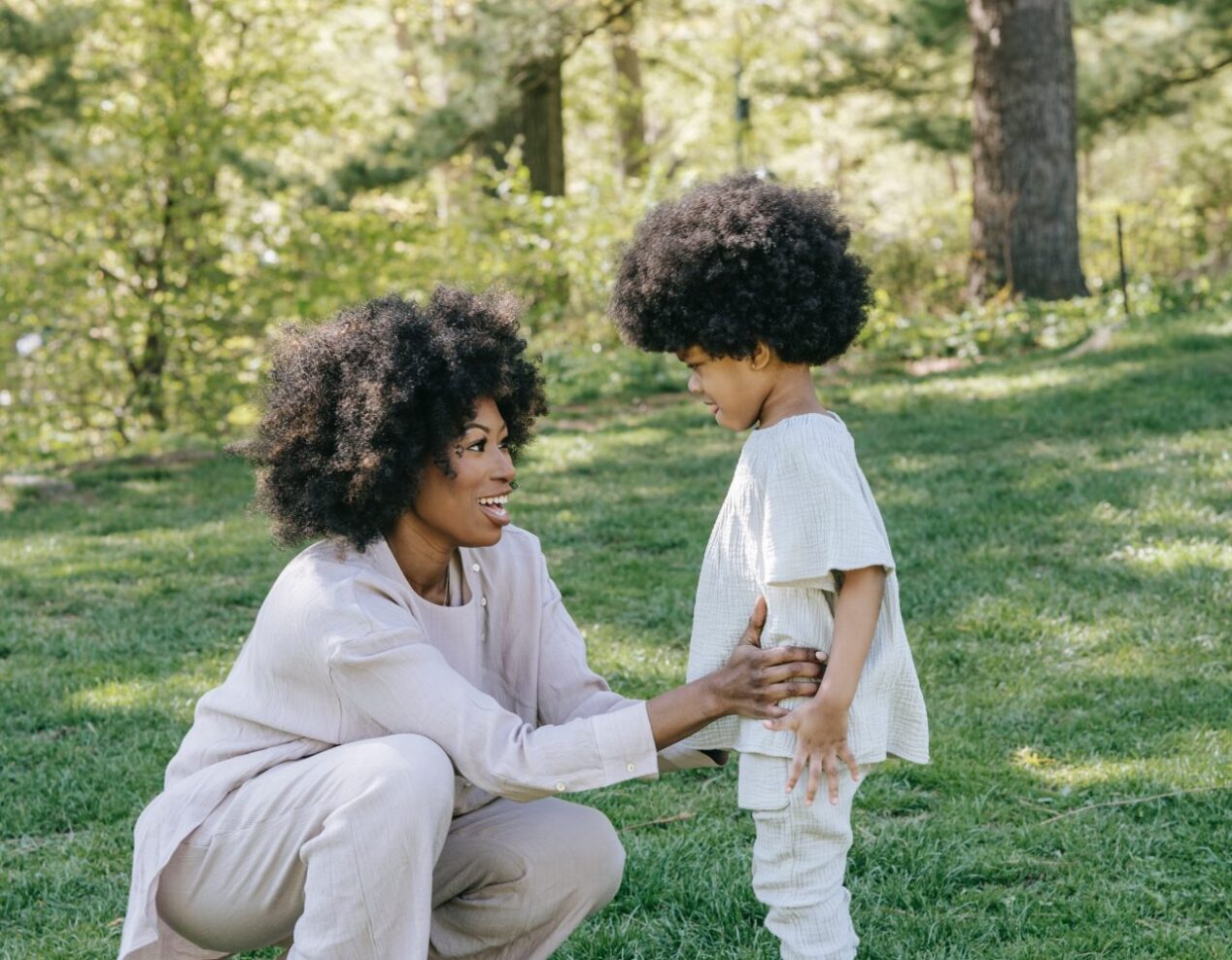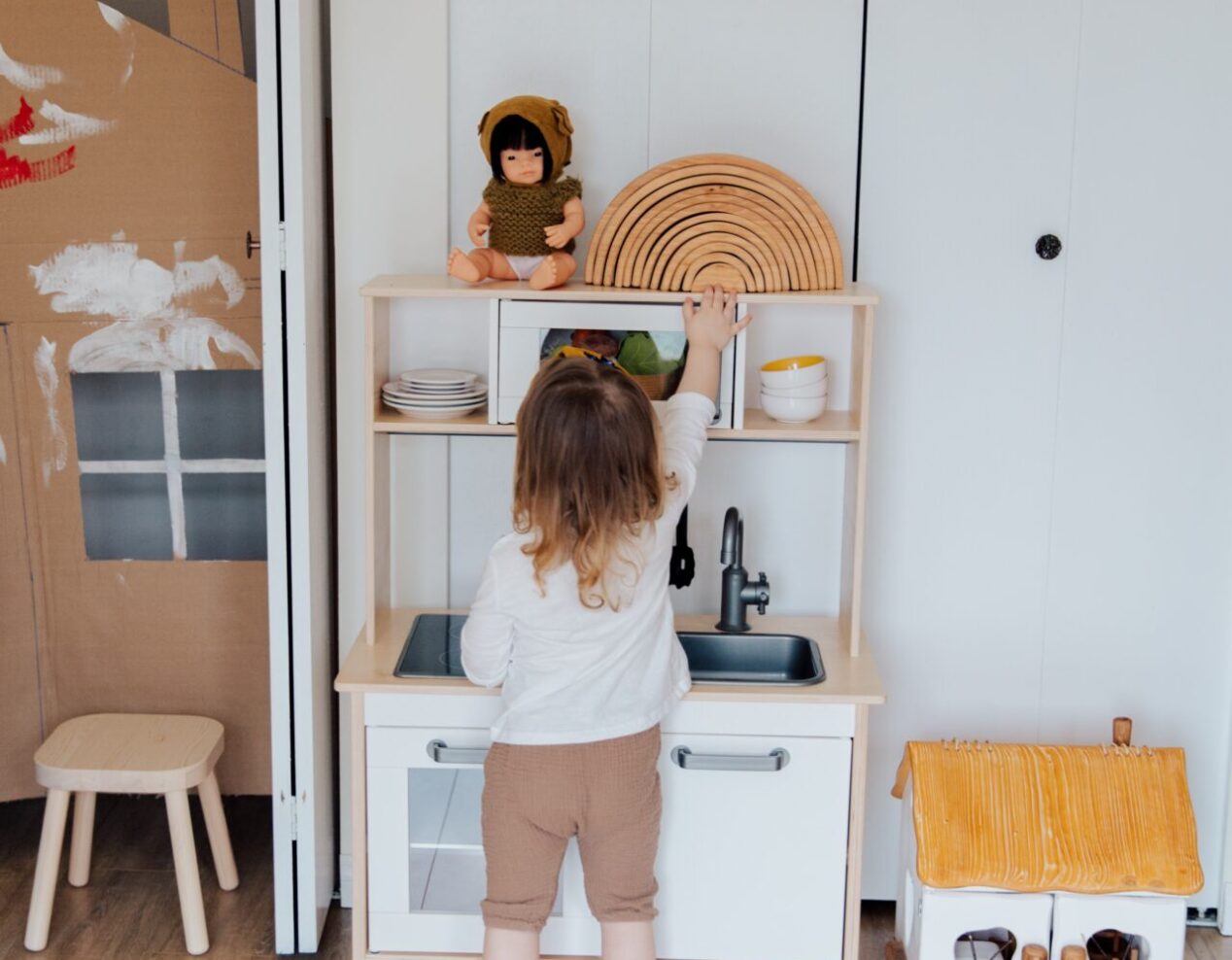Decoding the puzzle journey – understanding the stages of development

Despite the fact that the phase of assembling complex, 1000-piece puzzles with your child may still be years ahead, it’s fascinating to know that the mental components of puzzle-solving are already budding in a toddler’s brain.
From the moment infants and toddlers start manipulating toys and various objects to fit into specific spaces, they are essentially developing a plethora of skills that are crucial for their overall growth.
These emerging puzzle-solving abilities in toddlers include:
Mastering delicate movements
- While interacting with physical objects, toddlers often practice more refined movements such as clutching, pointing, squeezing, and grasping.
Synchronizing hands and eyes
- This refers to the coordination between eyes and hands to accomplish a task.
Exercising gross motor skills
- Physical activities like jumping, climbing, and walking that primarily engage larger muscles of the arms and legs, contribute to the development of gross motor skills. Bigger puzzles, particularly floor puzzles, are fantastic tools for practicing this skill.
Identifying shapes and understanding space
- Toddlers can hugely benefit from figuring out how different objects fit together, learning to orient and rotate them, and predicting the shapes that can occupy specific spaces.
Boosting memory
- Even the simplest puzzles can be instrumental in enhancing short-term memory and forming neural connections in your toddler’s brain.
As your toddler matures, puzzles also offer the opportunity to learn resilience, teamwork, managing frustration, and even mathematical concepts like parts of a whole and symmetry.
So, what should you expect in terms of puzzle-solving at each stage of development? Remember, every child has a unique pace and approach to puzzles that may not necessarily align with common benchmarks. It’s essential to allow kids to experiment, play, and explore freely—even if they aren’t solving the puzzle in the “conventional” way.
To give you a better understanding, here is a typical progression of puzzle-solving skills in babies and toddlers:
Solving one-piece puzzles
- Babies begin interacting with simple, one-piece puzzles around 6-8 months. Most of the time, they explore the piece by putting it in their mouth—which is perfectly fine!
Developing the pincer grasp
- Around their first birthday, babies may start refining their pincer grasp, the action of picking up objects using the thumb and index finger. This skill enables them to remove puzzle pieces more effortlessly and even place one inside its designated spot. You might also find your baby amusingly overturning completed puzzles onto the floor.
Transitioning to multi-piece puzzles
- Between 13 and 15 months, toddlers begin exploring multi-piece puzzles with basic shapes. Circles are a great starting point. With a bit of guidance, your toddler may start recognizing when pieces fit or don’t fit into specific spaces.
Introducing different shapes
- At about 18 months old, your toddler might be ready to tackle puzzles with various shapes, be it geometric, animal, or any other types. They begin to comprehend that different shapes have their unique places.
Engaging with jigsaw puzzles
- Around the age of two, your toddler could be ready to delve into the world of jigsaw puzzles. Simple, larger-than-average jigsaw puzzles are excellent for practicing this novel way of piecing shapes together. They also pave the way for more challenging puzzles in the future. This is also the perfect age to introduce floor puzzles that stimulate the whole body in exciting new ways.



